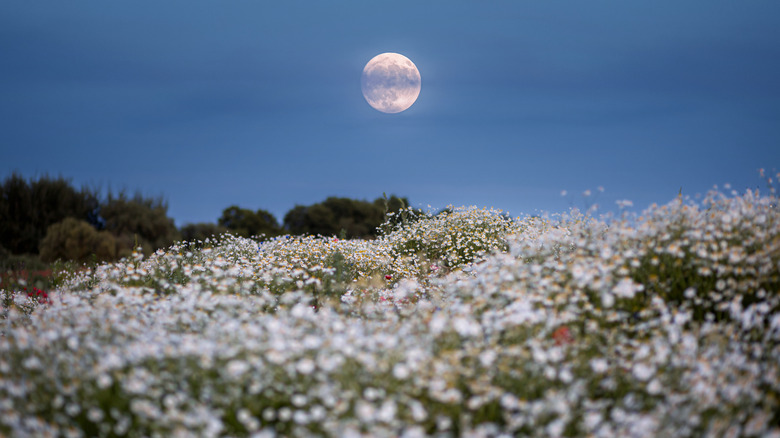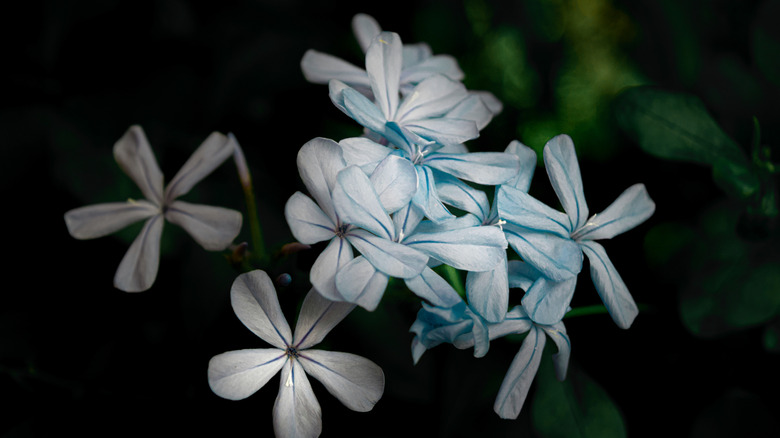The Stunning Night-Blooming Flower That'll Fill Your Garden With Nocturnal Pollinators
Night phlox (Zaluzianskya capensis) is a delicate-looking perennial with an enchanting secret. Typically growing up to 12 inches tall, it remains inconspicuous during the day with its closed buds in full sun. However, at night, it reveals the beauty beneath the surface as its buds transform into beautiful, white, star-shaped petals. With a sweet, honey fragrance that's been compared to that of a vanilla cake or even Play-Doh, it can charm many of your nocturnal garden guests, including some friendly but lesser-known garden pollinators. Its intoxicating scent is known to attract moths, which are crucial for transferring pollen and maintaining biodiversity.
Pollinating is a 24-hour job, and night phlox allows the nighttime workers like moths, bats, beetles, and nocturnal bees to take over. Research shows that these moths may be even more efficient at pollinating than daytime bees and that it is crucial to protect these pollinators in order to allow ecosystems to thrive. In turn, experts urge the public to plant flowers that attract them and reduce light pollution at night. Growing night-blooming plants like night phlox is one surefire way to bring more pollinators into your yard and garden.
How to grow night phlox
Night phlox is an easy and rewarding plant to grow from seed, and it is cold-hardy in USDA Hardiness Zones 9 to 11. Versatile and compact, this plant is recommended for containers, beds, rock gardens, greenhouses, and patios. Better yet, it is usually pest- and disease-free, making it an easy choice for a busy lifestyle. Once you're ready to start the process, choose any airy commercial soil mix. As long as you keep it moist, yet well-drained, it should do the trick. Next, make sure that you place the plant in an area with plenty of sunlight. Despite it being a midnight-blooming plant, it grows best in full sun with at least six hours of sunlight daily. And don't worry about the soil drying out a bit, as overwatering can cause root rot. In fact, some periods of dry spells can even be beneficial for root growth.
For the best results, sow indoors eight to 10 weeks prior to the last frost, and pinch your plant to stimulate side branch growth. After budding, expect one to two weeks for it to bloom. As your night phlox grows, you'll be rewarded each evening with a sensory display of scent and nocturnal visitors. As a fun bonus, try placing it by your window, walkway, or patio for a relaxing touch of midnight aromatherapy. Regardless of your gardening skill level, night phlox should be a relatively easy plant to grow, with many benefits. Once it reaches full bloom, you'll be on your way to creating a moon garden of your wildest dreams.

